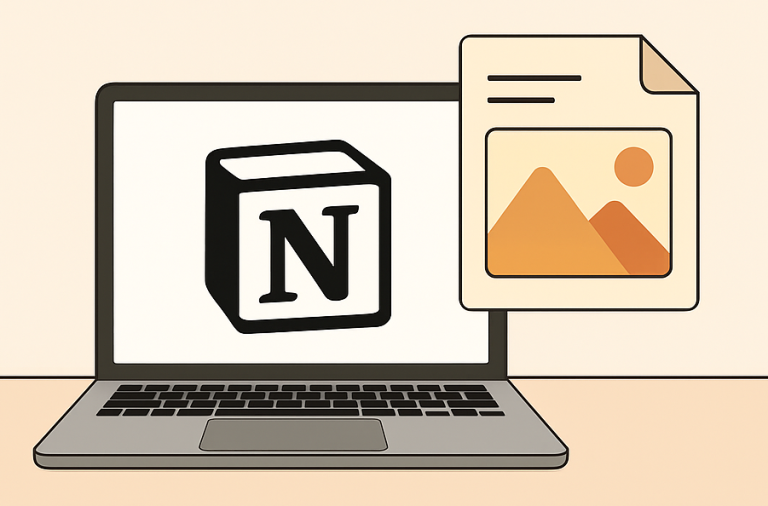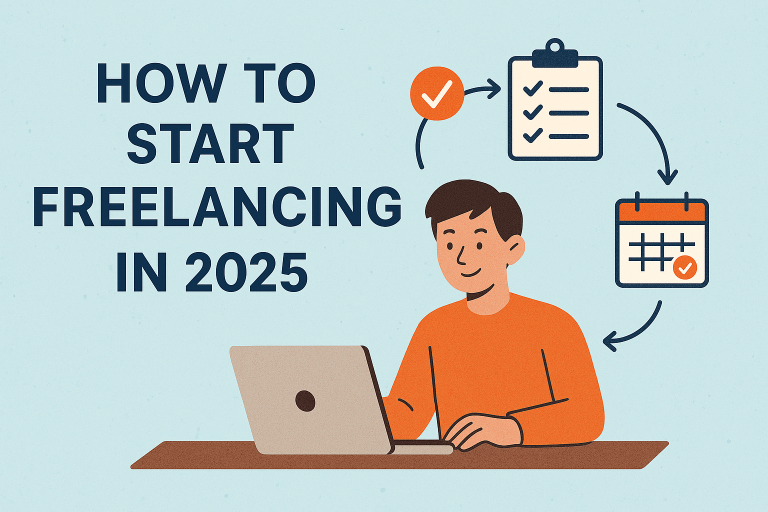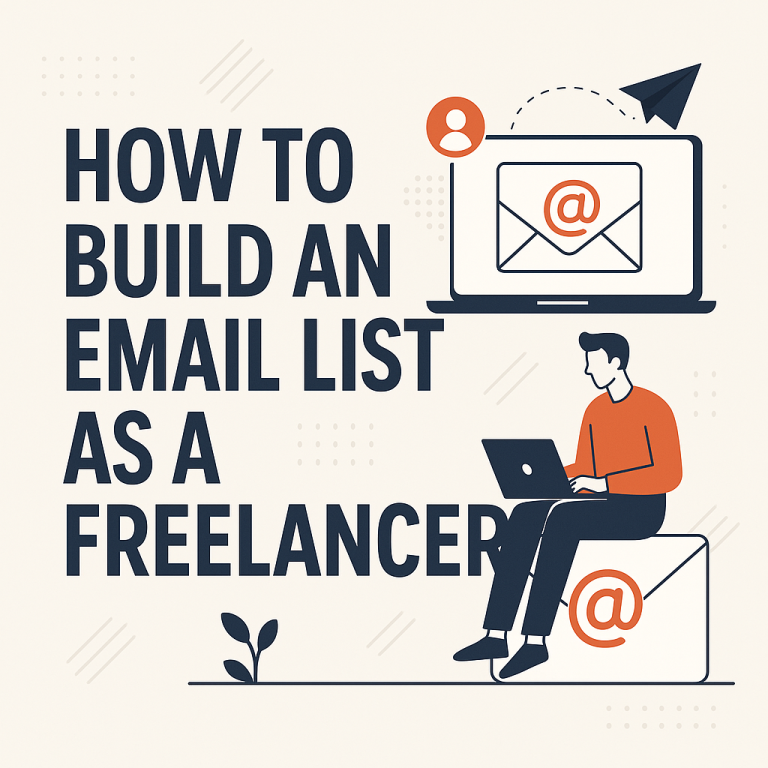How to Create a Freelance Portfolio That Wins Clients (Step-by-Step Guide)
Your portfolio is your freelance storefront. Even if you’re just starting out, a strategic and clean portfolio can help you stand out and win better clients.
Here’s a comprehensive, step-by-step guide to build a winning freelance portfolio in 2025, packed with practical examples, tools, and advanced tips.
1. Pick a Platform That Matches Your Style
No need to code! Use simple and modern tools like:
- Notion (great for clean, minimal layouts)
- Carrd (one-page sites that load fast)
- Webflow or WordPress (more advanced flexibility)
When choosing a platform, consider:
- Ease of use
- Mobile responsiveness
- Design freedom
- SEO features (especially for WordPress)
Example: If you’re a writer, a clean Notion site with links to writing samples is perfect. Designers may prefer a visual-first Webflow layout.
2. Feature 3–5 High-Quality Projects
Focus on quality, not quantity. Select your most relevant and impressive work.
What counts as a “project”?
- Real client work (even small gigs)
- Passion projects or redesign concepts
- Class or course projects
- Templates or mockups
For each project:
- Add a bold project title
- Include an image/screenshot (optional video walkthroughs if possible)
- Write a short description:
- The problem the client/user faced
- Your role in solving it
- Measurable result or takeaway
Example:
“Designed and launched a landing page for a language app. Increased conversion rate by 27% in the first month. Tools: Figma, Webflow.”
3. Explain Your Role and Workflow
Don’t just show the result—show how you got there.
- What was your process?
- What tools did you use?
- Did you collaborate with others?
- What challenges did you overcome?
This builds trust and gives insight into how you work.
Example:
“Collaborated with a copywriter and SEO strategist to launch a 10-page website. Handled full UI/UX design in Figma and development in Webflow.”
4. Create a Simple, Trust-Building Bio
At the top or bottom of your portfolio, add a short bio with:
- Your name and location (optional)
- Your niche or focus
- What kind of clients you help
- One personal detail to feel relatable (e.g., coffee lover, dog parent)
Example:
“I’m Lea, a freelance UX designer helping SaaS startups build beautiful, fast, and user-first websites. When I’m not sketching wireframes, I’m reading sci-fi or baking sourdough.”
5. Include Testimonials or Social Proof
If you’ve worked with any clients, ask them for a 1–2 sentence review. If not:
- Use LinkedIn recommendations
- Ask a peer or classmate to review your sample work
- Collect testimonials from volunteer or internship projects
Pro Tip: Add a photo and job title next to each testimonial (with permission).
6. Include a Clear CTA (Call to Action)
End your portfolio with a strong, visible call to action.
Examples:
- “Let’s Work Together → hello@yourname.com”
- “Want to see more samples? DM me on LinkedIn.”
- “Book a free 15-min intro call → calendly.com/yourname”
Make it easy for clients to contact you.
7. Keep Your Portfolio Updated Regularly
Your portfolio should evolve with you:
- Add new projects every 2–3 months
- Replace older samples with more relevant ones
- Update your tools and services offered
- Refine your bio and positioning as you specialize
Set a calendar reminder every quarter to review and refresh.
8. Optional: Add a Blog or Resource Section
A blog adds credibility and improves SEO. You can:
- Share lessons from client projects
- Write tool comparisons or reviews
- Create how-to guides for your niche
This shows you’re knowledgeable and generous with value—clients love that.
Example Post Titles:
- “How I Designed a Landing Page That Converts at 45%”
- “Top 3 Tools I Use for Rapid Website Prototyping”
9. Use Your Portfolio to Pitch and Apply
Don’t just build it—share it!
- Add your portfolio link to your email signature, LinkedIn, and Upwork profile
- Use it in cold pitches
- Mention it in online community replies
Quick Tip: Buy a short domain (e.g., [yourname].co) to make sharing easy.
10. What Clients Look For in a Portfolio (Insider View)
Clients typically look for:
- Clarity (can they quickly understand what you do?)
- Relevance (have you done similar work before?)
- Professionalism (good layout, easy to navigate)
- Results (metrics, impact statements)
If your portfolio answers these questions, you’re ready to land better gigs.
Final Thoughts
You don’t need dozens of case studies to impress—just a clean, clear, and confident showcase of what you can do.
Your freelance portfolio is not just a resume; it’s proof of value.








